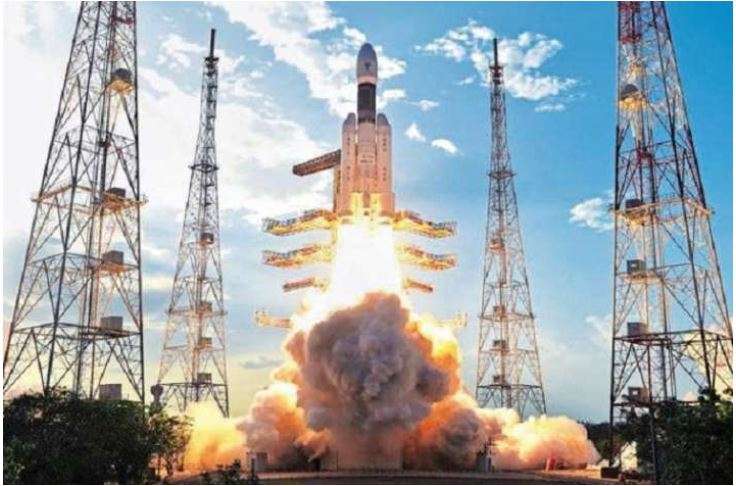Indian Space Research Organization (ISRO) has established new deadlines for essential missions. The first solar and third lunar missions are scheduled for the first quarter of next year, and the third scientific mission of the space agency is the space observatory, XpoSat. It will study cosmic X-rays. The first abort demonstration of ISRO’s Gaganyaan missions is planned for later in the year.
In response to Parliament, Dr. Jitendra Singh (Minister of State, Department of Space) stated that the “Space Docking Experiment” will conduct by ISRO in the third quarter of 2024. Space docking refers to connecting two separate spacecraft and is used primarily to create modular space stations.
After successfully launching its first human spaceflight mission in 2019, the Indian space agency announced its plans to establish its space station within five to seven years. K Sivan, the then chairperson of ISRO, stated that the space station would be an extension of the spaceflight program. It will weigh around 20 tonnes and can place astronauts in Low-Earth orbit for approximately 15-20 days.
The minister replied in Parliament that the first milestone in the Gaganyaan mission would occur in the fourth quarter of 2022. Abort missions test systems that allow the crew to survive a spacecraft’s mid-flight failure. ISRO performed a pad abort test in 2018 – in which the team can leave the spacecraft in the event of an emergency during the launch pad.
The space agency has created test vehicles that can simulate failures and send the system to an altitude. Gaganyaan’s escape mechanism was built with five quick-reacting solid fuel motors with a high propulsion system. It also has fins to ensure stability. Explosive nuts would separate the crew escape system from the crew module.
Since 2020, all three planned scientific missions for 2023 were repeatedly delayed, slowing down all activities, including launches. In 2020 and 2021, there were only two launches. The space agency has conducted two launches this year. One was carrying an Indian satellite for earth observation, and the other was a commercial launch with the primary payload of the Singapore satellite.
India will be the fourth country after Russia, China, and the US to have successfully conducted human spaceflights if the Gaganyaan maiden human spaceflight is successful. The program would encourage research and development in the country’s niche science and technology.
ISRO has developed critical technologies such as re-entry mission capability, thermal protection, deceleration crew escape system, crew module configuration, flotation system, and sub-systems for life support system needed for Mission Gaganyaan. The human spaceflight program will provide unique space-based microgravity platforms for experiments and a testing ground for future technologies. It will give a special micro-gravity platform in space for experiments and a test platform for further technologies.
An Indian spacecraft will move 1.5 million km between the Sun, Earth, and the L1 point or Lagrangian point in the Aditya L1 mission. Five Lagrangian points exist between celestial bodies. The point is where the gravitational pull from both satellites equals that required to keep it in orbit and creates a parking space. XpoSat, India’s second space-based astronomical observatory, will replace AstroSat. This will allow for the study of cosmic X-rays.
Chandrayaan 3, a lander-rover mission, will attempt to soft-land on the Moon. This mission was initially planned for Chandrayaan-2. The lander rover will use Chandrayaan-2’s orbiter around Moon to communicate with Earth. The orbiter has a seven-year mission life and was launched in 2019.
